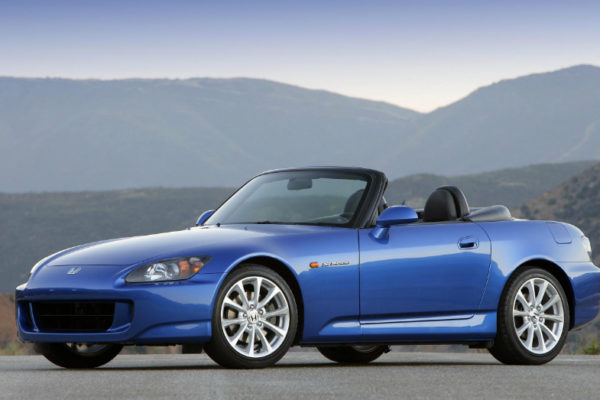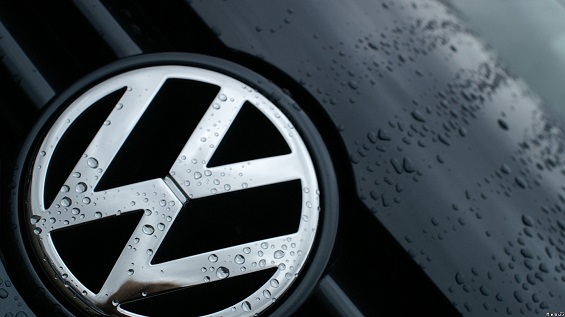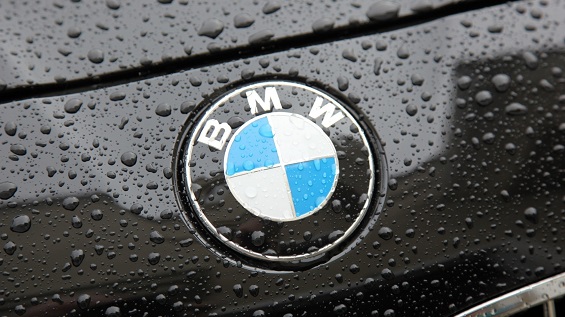
What Happens When…
When pressure builds up in a system due to a blockage the blockage must be forced through the system or the system must shut down. This is true inside your body and in the engine of a vehicle. Thankfully, we’re not trying to shut down an engine in either case but we want to see what can happen when you attach a balloon, especially a high volume one, to the exhaust pipe of a car. What you would expect to happen certainly does, but there are some interesting things to discuss along the way to the final act of the balloon.
Reviewing the video below, we see two high volume balloons attached to the rear pipes of the Honda S2000 owned by the host of Engineering Explained, Jason Fenske. You might think the backpressure on the engine could be a problem for this vehicle, but considering your lungs, which are much less powerful than the exhaust of any engine, can inflate one of these balloons, it’s safe to say the effects on the engine will be negligible. Once the balloons are attached we see some interesting action take place and create a unique experience before we have the expected result.
First, you’ll notice the balloon on the driver’s side inflates much faster than the one of the passenger side. Like any moving matter the airflow of the exhaust is going to take the path of least resistance to the exhaust. Does this mean the balloon on the passenger side is more resistant to the air? Possibly, or it could mean the pipe leading to the driver’s side has a lower resistance inside the exhaust system. Either way you see the driver’s side balloon inflate first and then the air begins to move toward the passenger side.
Why doesn’t the balloon on the driver’s side explode before the balloon on the passenger side inflates? Once again we’re dealing with the path of least resistance. As the balloon reaches its maximum inflation point the resistance changes and the path that has less is toward the passenger side because that balloon has room for inflation before it becomes too resistant to the increased pressure. This shift is just as normal as the first part of the experiment which showed the driver’s side balloon filling up first. In fact, the path to the passenger side becomes the preferred path to the point that this is the balloon that explodes first.
Once the balloon on the passenger side explodes the resistance on the driver’s side is lessened and the balloon on that side of the car never explodes. As long as there’s an easy flow of the exhaust out of the tailpipe on the passenger side there won’t be an explosion from the driver’s side balloon. This is yet another example of the air trying to leave the vehicle through the force of the exhaust, choosing the path of least resistance out into the open air of the atmosphere rather than into the restrictive space of the balloon.
During the video, Fenske explains why the balloons inflate and how long it would take to use up the air in the garage with his car and with the new Bugatti Chiron. The math is simple calculations and adds up pretty easily, but this is one time this engineer just wanted to show you and entertaining video of an exhaust exploding a balloon. Check out this video from Engineering Explained and have a little fun as you learn how and why this experiment works and how much of an effect it could have on the engine involved.
This post may contain affiliate links. Meaning a commission is given should you decide to make a purchase through these links, at no cost to you. All products shown are researched and tested to give an accurate review for you.




